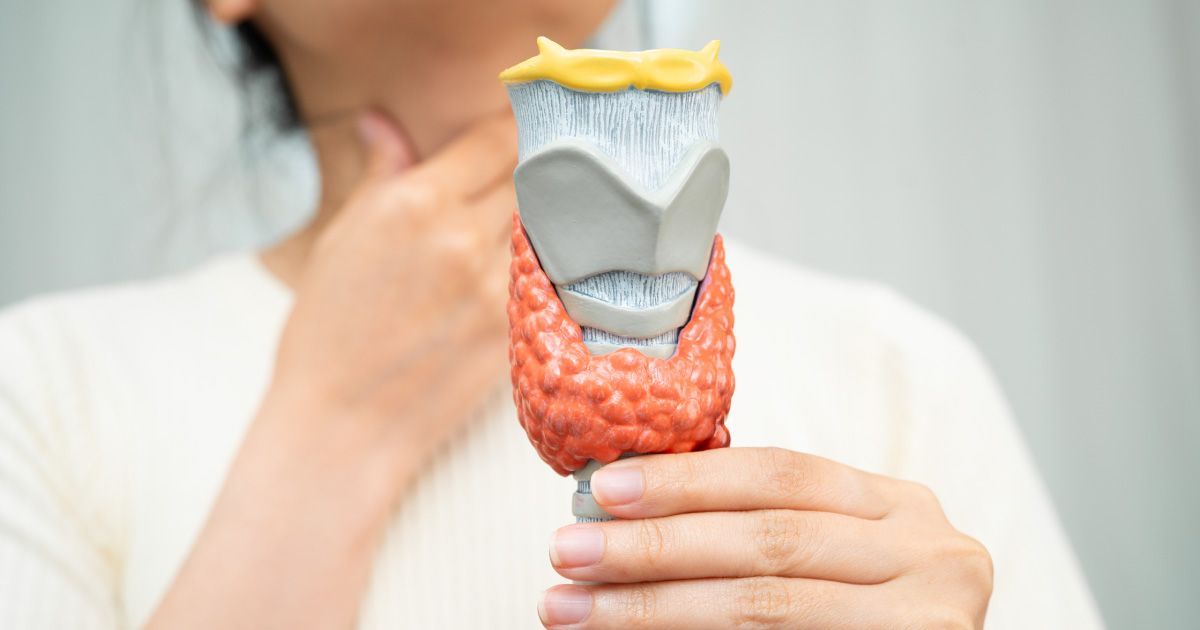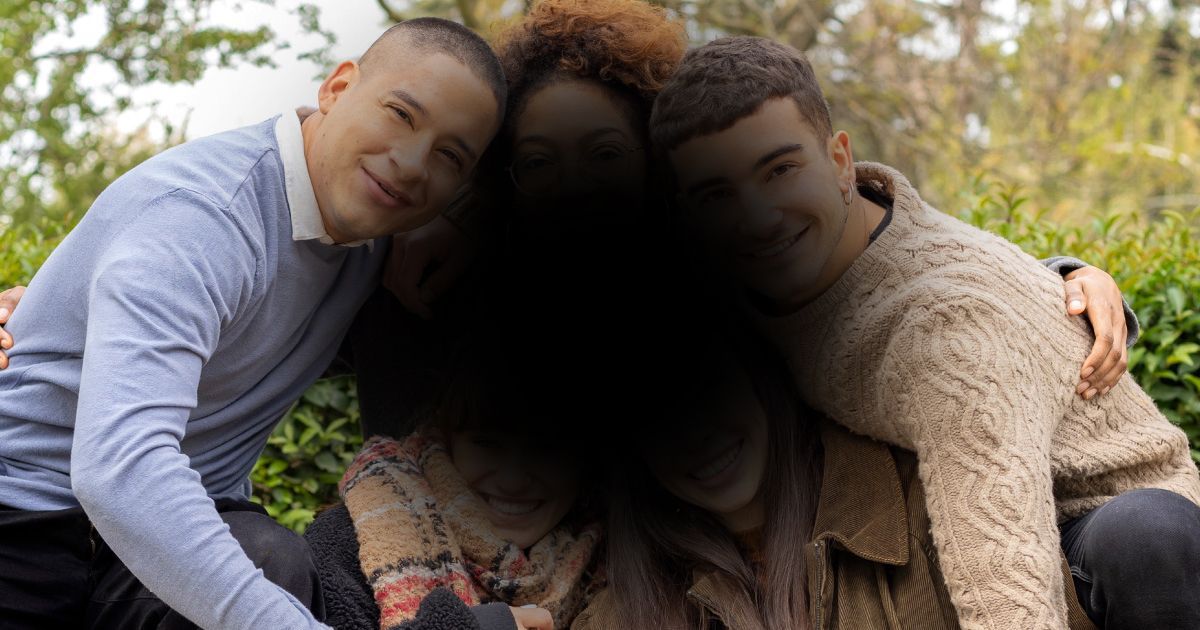Nurturing Winter Eye Health - Common Eye Problems in Cold Seasons

Read time: 4 minutes
The winter season, with its frosty charm and crisp air, presents unique challenges to our eye health. From the biting cold winds to the reflective glare of snow, our eyes encounter various stressors during winter. In this detailed article, we will look at the factual information surrounding 5 common winter eye problems, including their causes, symptoms, and evidence-based strategies for prevention and relief.
1. Dry Eye Syndrome in Winter
Dry eye syndrome is a prevalent issue during the winter months, characterized by a lack of proper lubrication and moisture on the eye's surface. This condition arises when the eyes either don't produce enough tears or when tears evaporate too quickly.
Causes
- Indoor Heating: Artificial heating in enclosed spaces reduces humidity, leading to increased tear evaporation.
- Cold Winds: Exposure to cold and windy weather accelerates tear evaporation.
- Reduced Blinking: Cold weather may lead to reduced blinking, hindering the distribution of tears.
Symptoms
- Burning or Stinging Sensation: Dry eyes often cause a sensation of burning or stinging.
- Redness: The eyes may appear red due to irritation.
- Blurred Vision: Insufficient tears can lead to temporary blurred vision.
- Sensitivity to Light: Dry eyes may increase sensitivity to light.
Prevention and Relief Strategies
- Use of Humidifiers: Adding moisture to indoor air with humidifiers can prevent dry eyes.
- Blinking Exercises: Regular blinking promotes even tear distribution.
- Artificial Tears: Lubricating eye drops provide relief for mild dry eyes.
- Warm Compresses: Applying warm compresses helps soothe dry eyes.
2. Winter Allergies and Eye Irritation
Winter allergies can trigger eye irritation and discomfort, with allergens such as mold spores, pet dander, and dust mites becoming more prevalent in closed indoor spaces.
Causes
- Indoor Allergens: Closed windows and doors trap indoor allergens, leading to eye irritation.
- Mold Proliferation: Damp and dark areas in winter may facilitate mold growth, aggravating allergies.
- Artificial Heating: Overheated indoor spaces may exacerbate eye irritation in individuals prone to winter allergies.
Symptoms
- Itching: Allergic reactions often cause itching in the eyes.
- Watery Eyes: Excessive tearing is a common response to irritants.
- Redness: Irritation can result in red or bloodshot eyes.
- Swelling: Puffy eyelids may occur due to allergic inflammation.
Prevention and Relief Strategies
- Regular Cleaning: Cleaning and dusting indoor spaces reduce allergen exposure.
- Air Purifiers: Using air purifiers minimizes indoor allergens.
- Allergy Medications: Over-the-counter or prescribed allergy medications manage symptoms.
- Eye Drops: Antihistamine eye drops provide relief from eye itching and redness.
3. Photokeratitis: The "Snow Blindness" Threat
Photokeratitis, colloquially known as "snow blindness," is a condition caused by overexposure of the eyes to ultraviolet (UV) rays, often reflecting off snow.
Causes
- Snow Reflection: Snow reflects a significant amount of UV radiation, intensifying exposure.
- High Altitudes: Increased altitude results in higher UV levels.
Symptoms
- Pain and Discomfort: Photokeratitis causes intense pain and discomfort.
- Tearing: Excessive tearing is a common symptom.
- Light Sensitivity: Individuals with snow blindness become sensitive to light.
- Blurred Vision: Vision may become temporarily blurred.
Prevention and Relief Strategies
- Sunglasses: Wearing sunglasses with UV protection, even on cloudy winter days, shields the eyes.
- Goggles: In snowy conditions, protective goggles safeguard the eyes from reflected UV rays.
- Limit Outdoor Exposure: Reducing prolonged exposure to bright, snowy environments mitigates the risk.
4. Conjunctivitis: The Winter Pink Eye
Conjunctivitis, commonly known as pink eye, can occur in winter due to viral or bacterial infections.
Causes
- Viral Infections: Cold viruses can cause viral conjunctivitis.
- Bacterial Infections: Bacterial infections can lead to bacterial conjunctivitis.
- Allergies: Winter allergies can contribute to allergic conjunctivitis.
Symptoms
- Redness: The whites of the eyes may appear pink or red.
- Itching: Conjunctivitis often causes itching and irritation.
- Discharge: Watery or thick discharge may be present.
- Swelling: Swelling of the eyelids can occur.
Prevention and Relief Strategies
- Hand Hygiene: Practicing good hand hygiene prevents the spread of infectious conjunctivitis.
- Avoid Touching Eyes: Refraining from touching the eyes minimizes the risk of infection.
- Artificial Tears: Lubricating eye drops provide relief for irritation.
- Warm Compresses: Applying warm compresses soothes discomfort.
5. Snow Deprivation and Vitamin D Deficiency
Winter's shorter days and limited sunlight exposure can contribute to Vitamin D deficiency, potentially impacting eye health.
Causes
- Reduced Sunlight Exposure: Shorter daylight hours and inclement weather limit outdoor activities.
- Sunscreen Use: While essential for skin protection, excessive sunscreen use can inhibit Vitamin D synthesis.
Symptoms
- General Fatigue: Vitamin D deficiency contributes to overall fatigue and lethargy.
- Bone Pain: Vitamin D is crucial for calcium absorption, and deficiency can lead to bone pain.
- Vision Changes: Some studies suggest a potential link between Vitamin D deficiency and certain eye conditions.
Prevention and Relief Strategies
- Supplements: Considering Vitamin D supplements, especially during months of limited sunlight, ensures adequate levels.
- Outdoor Activities: Engaging in outdoor activities maximizes sunlight exposure when possible.
- Balanced Diet: Including Vitamin D-rich foods in the diet, such as fatty fish and fortified dairy products, supports eye health.
The Takeaway
Nurturing winter eye health involves understanding and addressing the specific challenges posed by the cold season. From combating dry eye syndrome to protecting against snow blindness and managing the risk of infections, evidence-based strategies play a crucial role in maintaining optimal vision.
By embracing preventative measures and seeking relief when needed, you can navigate the winter months with clear vision and healthy eyes.
Share this blog post on social or with a friend:
The information provided in this article is intended for general knowledge and educational purposes only and should not be construed as medical advice. It is strongly recommended to consult with an eye care professional for personalized recommendations and guidance regarding your individual needs and eye health concerns.
All of Urban Optiks Optometry's blog posts and articles contain information carefully curated from openly sourced materials available in the public domain. We strive to ensure the accuracy and relevance of the information provided. For a comprehensive understanding of our practices and to read our full disclosure statement, please click here.


















